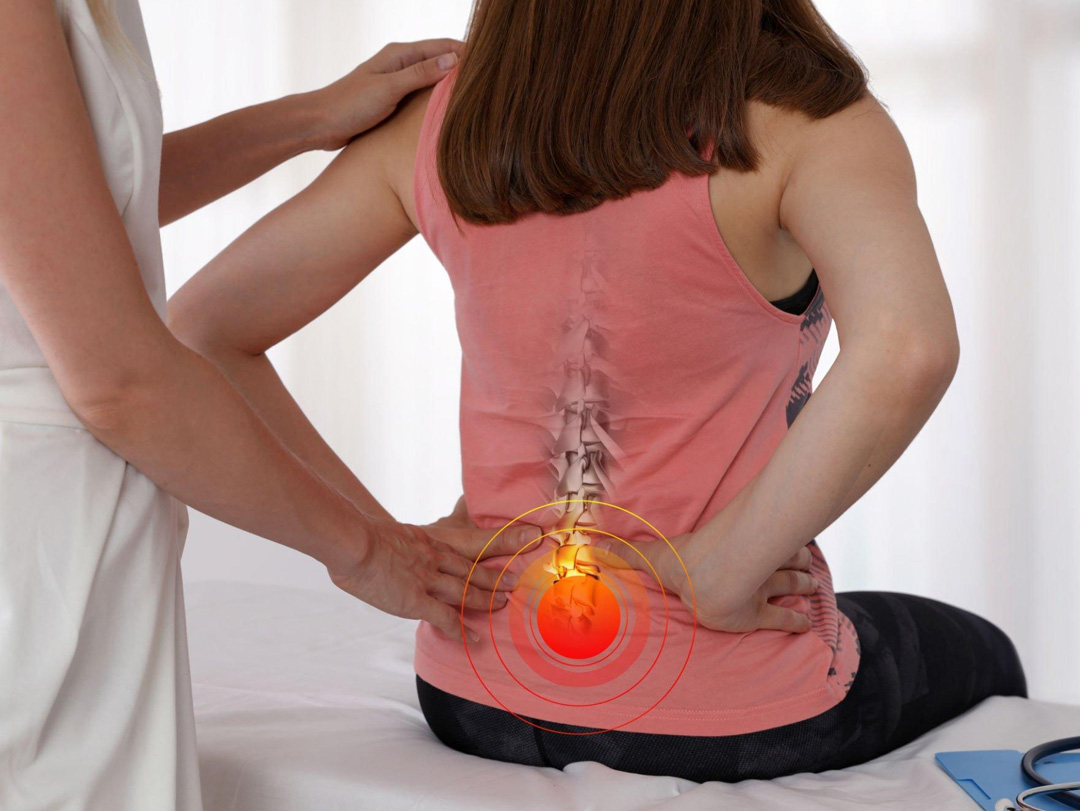In our fast-paced modern lifestyle, spinal health often takes a backseat. Long hours of sitting at desks, improper posture, and physical inactivity contribute to various spinal issues, including spinal subluxation. This article will explore spinal subluxation, its impact on overall health, diagnosis, treatment options, prevention strategies, and the significance of seeking professional help.
Understanding Spinal Subluxation
What Is Spinal Subluxation?
Spinal subluxation refers to a misalignment of the spinal vertebrae, which affects the integrity of the spinal column. This misalignment can cause nerve irritation, disrupting the nervous system’s functioning. As a result, it hampers the body’s ability to communicate and coordinate effectively, leading to various health problems.
Causes Of Spinal Subluxation
Several factors, including poor posture, trauma, repetitive motion injuries, sports-related incidents, and the cumulative effects of daily activities, can cause spinal subluxation. It can also result from underlying conditions such as scoliosis or degenerative diseases.
Symptoms And Signs
The symptoms and signs of spinal subluxation may vary from person to person. Common indications include localized or radiating pain, limited range of motion, muscle stiffness or spasms, headaches, tingling or numbness in the extremities, and overall discomfort. Identifying these signs is crucial for timely intervention.

The Impact Of Spinal Subluxation On Health
Nervous System Disruption
Spinal subluxation directly affects the nervous system, which serves as the body’s communication network. When the spinal vertebrae are misaligned, it can impede the proper flow of nerve signals. This disruption can lead to various health issues, including pain, decreased organ function, weakened immune response, and impaired mental well-being.
Musculoskeletal Issues
Misaligned vertebrae can exert pressure on surrounding muscles, ligaments, and tendons, leading to muscle tension, stiffness, and reduced flexibility. Over time, this can result in musculoskeletal imbalances, joint degeneration, and an increased risk of injuries. Addressing subluxation is vital to maintaining a healthy musculoskeletal system.
Effects On Overall Well-Being
Spinal subluxation can have a significant impact on overall well-being. The nervous system’s disruption affects physical health and mental and emotional aspects. Chronic pain, fatigue, decreased focus, mood swings, and general malaise are common consequences. Restoring spinal alignment can improve overall health and quality of life.
Diagnosis Of Spinal Subluxation
Physical Examination
A chiropractor or healthcare professional will conduct a comprehensive physical examination to diagnose spinal subluxation. This assessment may involve evaluating posture, range of motion, and spinal alignment and performing orthopedic and neurological tests to identify specific areas of concern.
Imaging Techniques
In some cases, imaging techniques such as X-rays, MRI scans, or CT scans may be used to understand subluxation better. These images help determine the severity of misalignment and guide appropriate treatment options.
Chiropractic Care For Spinal Subluxation
Manual Adjustments
Chiropractic care is a popular and effective approach to addressing subluxation. Manual adjustments, performed by skilled chiropractors, involve gentle and precise manipulation of the spine to restore proper alignment. These adjustments alleviate nerve irritation, enhance mobility, and promote optimal nervous system function.
Instrument-Assisted Adjustments
In addition to manual adjustments, chiropractors may employ instrument-assisted techniques for specific cases. These methods utilize specialized tools to deliver controlled impulses to targeted areas, realigning the spine and reducing subluxations.
Other Therapeutic Approaches
Complementary therapies, such as massage, spinal traction, therapeutic exercises, and lifestyle recommendations, are often integrated into chiropractic care for spinal. These approaches aim to strengthen supporting muscles, improve flexibility, and enhance overall spinal health.
Preventing Spinal Subluxation
Maintaining Proper Posture
One of the key preventive measures for spinal subluxation is maintaining proper posture. Whether sitting, standing, or lifting objects, it is essential to adopt ergonomic principles and ensure the spine remains neutral. Regular posture checks and ergonomic adjustments can significantly reduce the risk of subluxations.
Regular Exercise And Stretching
Engaging in regular exercise and incorporating stretching routines into daily life promotes spinal flexibility, strength, and stability. Exercise routines focusing on core strengthening, back extension, and overall body conditioning can support spinal health and minimize the chances of subluxations.
Ergonomic Considerations
Creating an ergonomic environment at home and work prevents subluxation. Adjustable chairs, ergonomic desks, proper keyboard and mouse placement, and regular breaks for stretching and movement can minimize the strain on the spine and reduce the likelihood of subluxations.
Living With Spinal Subluxation: Lifestyle Tips
Nutrition And Hydration
Maintaining a healthy diet and staying adequately hydrated can support spinal health. Proper nutrition provides essential nutrients for the spine’s structures, while hydration helps maintain spinal disc hydration and flexibility.
Stress Management
Chronic stress can contribute to muscle tension and exacerbate spinal. Incorporating stress management techniques such as meditation, deep breathing exercises, yoga, and regular relaxation practices can help reduce the impact of stress on spinal health.

Sleep Quality
Adequate sleep is crucial for spinal health and overall well-being. Investing in a supportive mattress and pillow, maintaining a comfortable position, and practicing good sleep hygiene can contribute to proper spinal alignment during sleep.
Conclusion
Spinal subluxation can have a significant impact on overall health and well-being. Understanding its causes, symptoms, and effects is crucial for early detection and appropriate intervention. Seeking professional help, adopting preventive measures, and incorporating chiropractic care into a holistic approach to spinal health can lead to improved outcomes and a better quality of life. Don’t let subluxation hold you back—take proactive steps towards a healthier spine and overall wellness.
